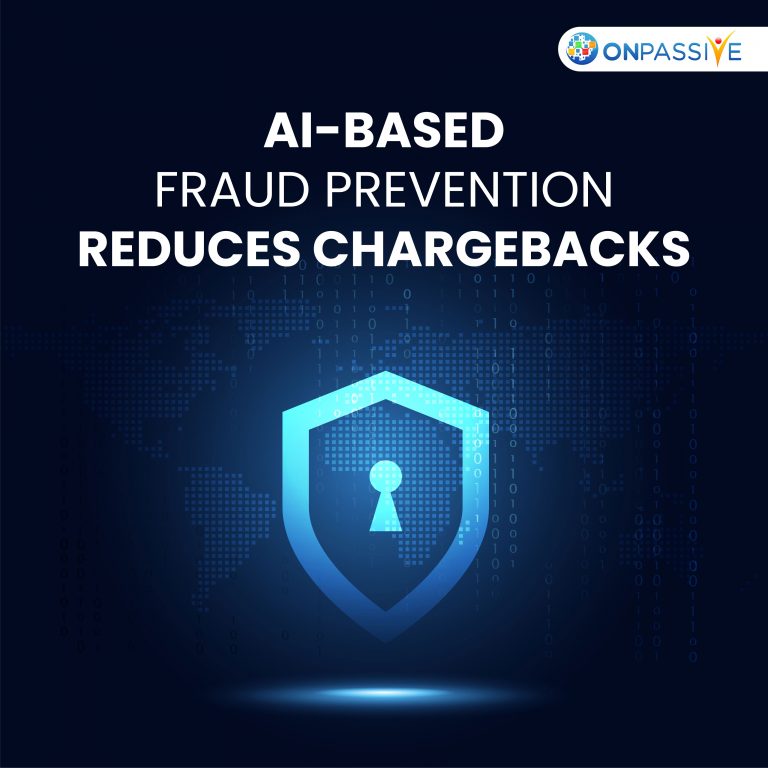
Fraud is the biggest threat to the financial sector and its clients, resulting in billions of dollars in losses per year. According to one study, credit card fraud is the most common form of fraud in 2019, with 270,000 cases reported.
Most frauds target retail customers, companies and even banks which have been victims of fraud that has resulted in significant losses. Thus, Artificial Intelligence (AI) has emerged as a promising technology for preventing financial crime. First, let us understand what is payment fraud and how companies can choose AI for Payment fraud detection?
What is Payment Fraud?
Payment fraud refers to fraudulent or illegal activity carried out by a cybercriminal. The attacker uses the Internet to rob the victim of funds, personal property, interest, or confidential details.
Types of Fraud
Payment fraud is not only confined to the old-fashioned email scams. As the internet has become more widely used, there are different techniques and strategies. Let us look at some of the most popular forms of payment fraud.
Online Phishing:
Online phishing, often identified as spoofing, is commonly referred to as a mechanism in which personal data is collected by emails or websites acting as reliable sources. This information contains names, email addresses, bank account details, number of credit cards, etc.
Data Theft:
Insider fraud is the most common cause of data theft. In these situations, an insider working for an online company syphons off customer details. Personal information such as name, address, and payment information make up most of this data.
Chargebacks:
Billing is one of the simplest but hardest to avoid fraud. As an order from the bank to the company reimbursing the customer’s balance can simply be explained as a chargeback.
Friendly Fraud:
Friendly fraud happens when a customer deliberately charges a credit card for a legal transaction to cause a bank’s reimbursement of the payment. This is usually done for a product or service provided effectively by the dealer, but the customer does not decide to pay for the item. Surprisingly, friendly fraud is far more expensive for retailers than the annual credit card data were stolen.
Product Replacement Fraud
Product substitution fraud is another form of fraud that occurs on e-commerce sites. For example, you will like a smartphone and place an online order for it. You have also paid for the product in advance and are waiting for its arrival. The product is shipped from the e-commerce platform and arrives in a timely manner. However, when you open it, you will find a brick or a low-cost digital phone inside instead of your new smartphone.
To secure your website and enhance your marketing, OTRACKER by ONPASSIVE is an idle product which helps you to reach the right audience.
AI for Payment Fraud Detection
Artificial Intelligence is changing the way businesses spot fraud these days. Prior to the introduction of Artificial Intelligence, fraud detection schemes focused on pre-defined trends and only looked at a limited number of fraud patterns.
Using AI-based platforms to deter theft has aided businesses in improving corporate security and streamlining business processes. Artificial Intelligence has thus emerged as a significant technology for preventing financial frauds due to its increased performance.
Let us check out why companies choose AI for Payment fraud detection:
- AI automates time-consuming processes, allowing fraud investigators to concentrate on more important situations, such as when risk ratings are at their highest. Fraud analysts’ job productivity and reliability improve because of their workload using automated AI algorithms.
- Artificial intelligence (AI) decreases consumer friction by encouraging company retailers to accept online orders and reduce false alarms. As a result, AI-assisted fraud prevention contributes to a better overall user experience.
- Algorithms focus on artificial intelligence test historical evidence and anomalies. Knowing all about past evidence helps to deter complex harassment threats while keeping the consumer experience as smooth as possible.
- Businesses operating in high-tech markets must also adhere to laws and legislation that protect crucial innovations. Artificial intelligence-based scoring techniques are used to hold companies in line with these practices and laws, allowing them to deter fraud.
Conclusion:
To summarize, payments fraud is deceptive, impossible to detect, and can cause financial damage to any company in a matter of minutes. Thus, artificial intelligence implements rule-based algorithms to evaluate trends and prescriptive modelling to detect suspicious transactions, assisting financial institutions in the prevention of financial fraud. Contact us if you wish to secure your website.


